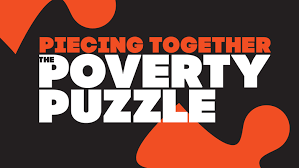
In an interview with Inside INdiana Business Reporter Mary-Rachel Redman, co-author and research analyst Matt Nowlin said central Indiana saw big changes in the economy from 2002 to 2015.
“When you look at it by sector, manufacturing had a big decrease in central Indiana, losing 19,000 jobs, whereas healthcare saw an increase of 66,000 jobs and administrative services saw 32,000 new jobs,” said Nowlin. “The way that impacts people in poverty is that with lower educational attainment, you’d be unlikely to get those healthcare jobs that pay moderate wages and more likely to get the administrative jobs that pay low wages and have an average salary of under $25,000 so that’s going to put you at risk for poverty.”
Nowlin says most of the job growth is in the outer suburbs with metro cities built mostly after 2000 experiencing 60 percent job growth during the same period, across all sectors. He says, while the growth in jobs is great, it makes it more difficult for people who have trouble commuting to be able to reach those areas. The report also found that in the suburbs where poverty is increasing, the number of households without cars is almost one third higher than it was in 2010, creating a large need for alternate transportation.
The report says, specifically for Indianapolis, one in five residents is living below the poverty level.
“This means we have a lot of folks that are deeply struggling to make ends meet and we need to provide services for those folks so that transportation and housing are more accessible and then also focus on education so that these new jobs in healthcare and some of the service industry sectors that pay better are more attainable. Issues like the minimum wage and direct cash assistance are also proven to have big benefits when it comes to the poverty rate.”
You can connect to the full The Changing Landscape of Poverty report by clicking here.
